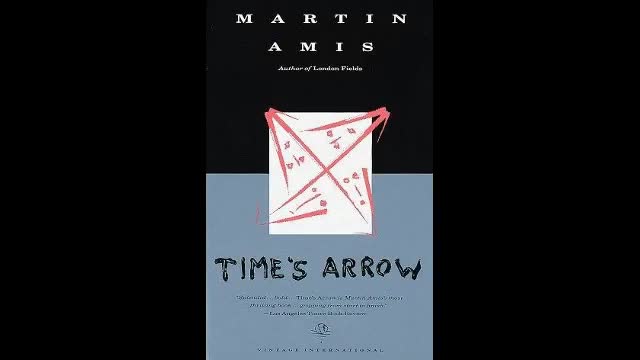Premium Only Content

Times arrow or The nature of the offense Martin Amis
Both World Wars in the twentieth century served succeeding generations as markers of a major break with the past. The time before each war was quickly mythologized as a golden age, a time of innocence irretrievably lost. The exaggerated sense of a complete rupture with previous history can be equally evidenced in D. H. Lawrence’s famous declaration, “It was in 1915 the old world ended” (Kangaroo 240), and Martin Amis’s conviction that with the 1941 German invasion of Russia “a line is crossed,” a line between civilization and savagery (Koba the Dread 201). The historical accuracy of these assertions is less significant than the use to which they were put by postwar generations. In the case of novelists the sense of a cataclysmic break with the past frequently gave rise to an apocalyptic sense in the present; this in turn made them feel the need to seek out modes of narration that corresponded more closely to contemporary feelings of confusion and anxiety. In particular, the chronological imperative of realist narrative seemed irrelevant to a generation for whom the present was so determined and fractured by the immediate past. As Italo Calvino explained it in 1979, since “the dimension of time has been shattered” in the postwar world, novels could only represent love or thought “in fragments” in an era when time “seem[s] to have exploded”
-
 2:09:44
2:09:44
Precision Rifle Network
1 day agoS3E11 Guns & Grub with Rex & Joel
63.2K2 -
 1:01:44
1:01:44
Donald Trump Jr.
11 hours agoThe MAGA Engine That Could: Interview with Steve Bannon | TRIGGERED Ep.198
169K140 -
 1:48:08
1:48:08
Roseanne Barr
10 hours ago $21.47 earnedVibrator Burns with Shannon Hughey | The Roseanne Barr Podcast #78
91.1K44 -
 58:33
58:33
The StoneZONE with Roger Stone
12 hours agoWhat is Really Happening in Syria? w/ General Michael Flynn | The StoneZONE w/ Roger Stone
49K17 -
 1:16:47
1:16:47
Josh Pate's College Football Show
10 hours ago $2.62 earnedSEC Bias: True Or False | Transfer Portal Latest | Belichick To UNC | Dan Mullen & Rich Rod Return
35.3K1 -
 1:00:07
1:00:07
Havoc
9 hours agoTouring 101: The Best, The Worst & How to Survive Them | Stuck Off the Realness Ep. 22
33.2K -
 4:20:28
4:20:28
Melonie Mac
1 day agoThe Game Awards Live Reaction! Go Boom Live Ep 31!
70K4 -
 1:36:16
1:36:16
The Big Mig™
17 hours agoIs Paul Le Roux Satoshi Nakamoto w/ Evan Ratliff
36.5K7 -
 55:10
55:10
LFA TV
1 day agoFrom Mug Shot to Man of the Year | Trumpet Daily 12.12.24 7PM EST
31.2K1 -
 43:29
43:29
Kimberly Guilfoyle
11 hours agoTIME for Prosperity, Live with John Catsimatidis & Roger Stone | Ep. 181
122K38